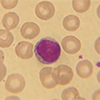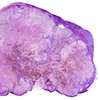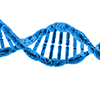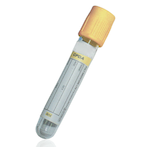Bile Acids
Specimen Volume
1mL blood (~250uL sample)Turnaround Time
24 hoursSample Processing In Laboratory
No special requirementsSample Stability
7 days at 2-8°CGeneral Information
Bile acids are formed in the liver from metabolism of cholesterol, conjugated with glycine or taurine, secreted into bile, re-absorbed from the intestine, transported to the liver by portal blood, and then actively reabsorbed. The total serum bile acid concentration reflects synthetic, excretory and re-absorptive functions of the liver. In healthy subjects, only a fraction of the bile acid pool is present in the peripheral circulation. Bile acid measurement is useful in the diagnosis of disorders of the hepatobiliary system, reflecting both the initial phase and longitudinal development of liver disease. Bile acids are increased in patients with acute hepatitis, chronic hepatitis, liver sclerosis and liver cancer.
Intra-hepatic/obstetric cholestasis, a rare liver disease unique to pregnancy, can lead to foetal distress and stillbirth. A characteristic symptom in the third trimester is pruritus (itchiness) involving mild increases in serum aminotransferases and high serum bile acids, many times greater than the upper limit of the reference interval for pregnancy. The cause of this disease is uncertain but high circulating levels of oestrogens have been implicated
Patient Preparation
No special patient preparation
Reference Range
<14 μmol/L for pregnant women
Source of Reference Range
In-house validationSpecifications
- EQA Status: WEQAS
- EQAS Scheme: Yes








